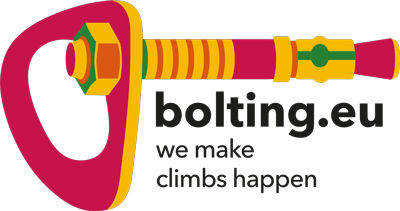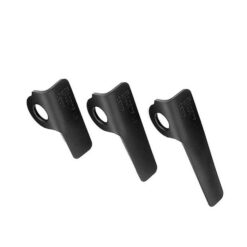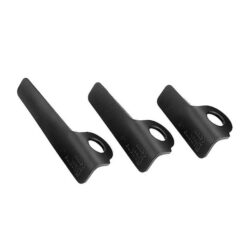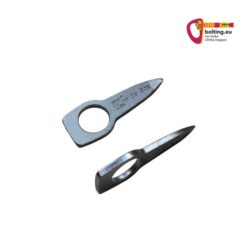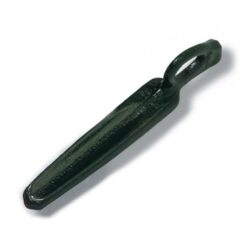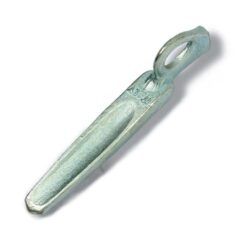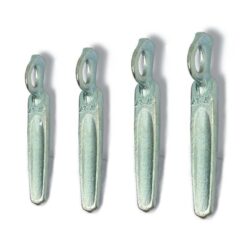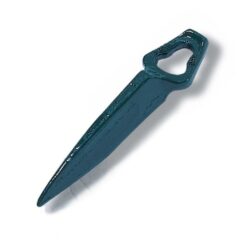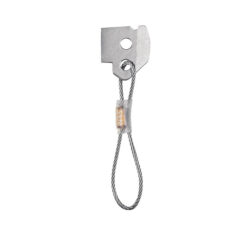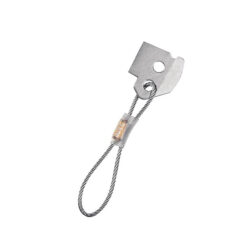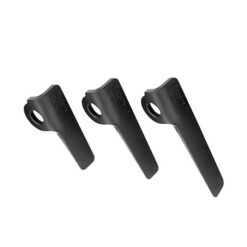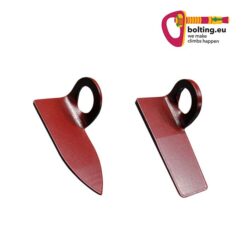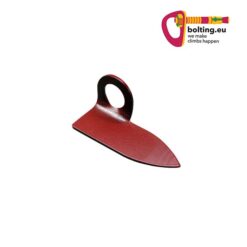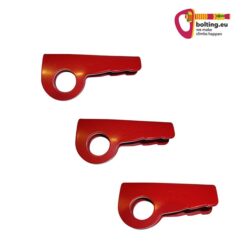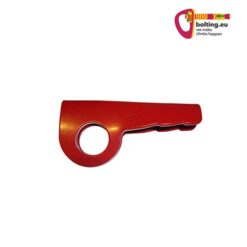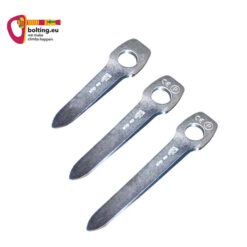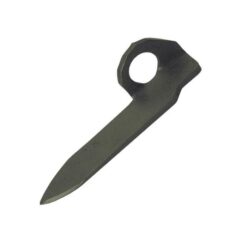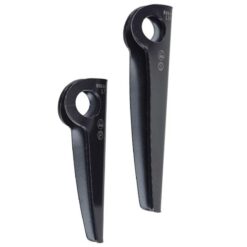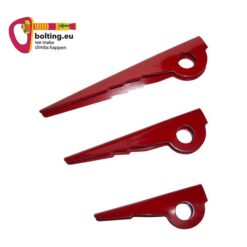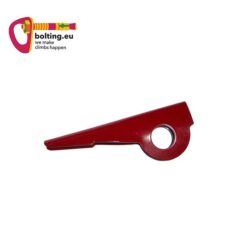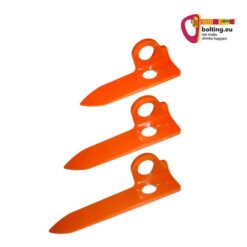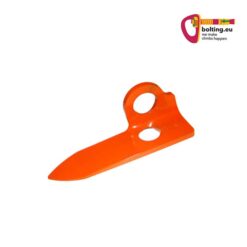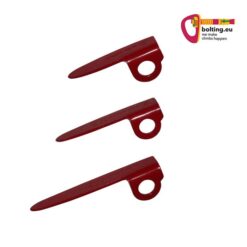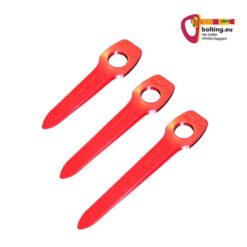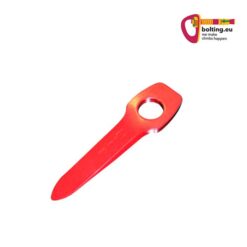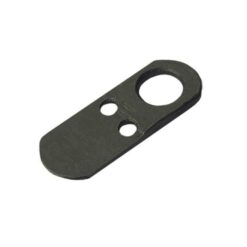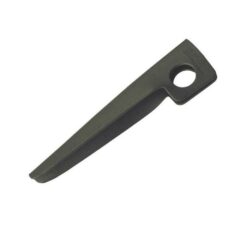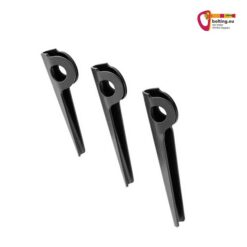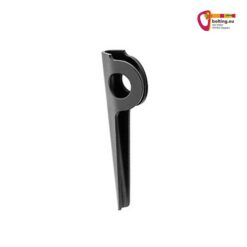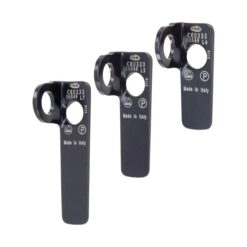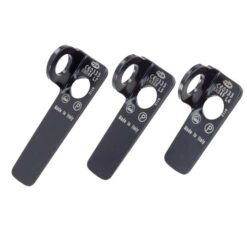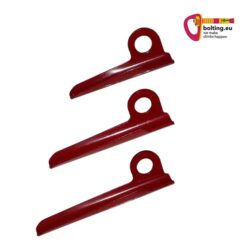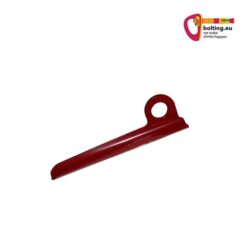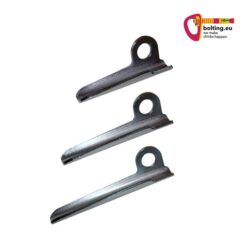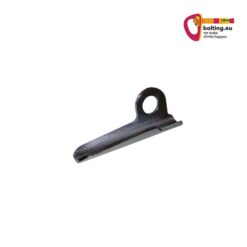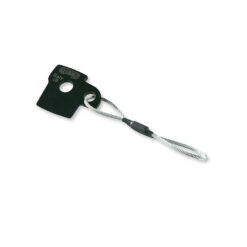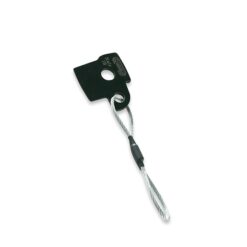incl. VAT
incl. VAT
incl. VAT
incl. VAT
incl. 20% VAT
incl. VAT
incl. VAT
incl. 20% VAT
pitonalso known as normal pitons, are the oldest fixed points in climbing. They have probably been in use since the end of the 19th century and are an integral part of alpinism.
Of course, materials, production and shapes have evolved considerably since then. Reason enough to give you a proper overview of all hook categories and shapes.
We are proud to be able to offer one of the best hook ranges in the Alpine region. We have a large number of mild steel and hard steel hooks to offer.
And secondly, you will also find all hook shapes here. Firstly, profile hooks. Secondly, knifeblade or also called Knifeblades. Thirdly, angles, also known as lost arrows. Fourthly, you will also find bongs and diagonal hooks in our store. And fifthly, the more unusual Bird Beaks and Rurps.
In short. If you have big plans in the Alps or on big walls, you’ve come to the right place!
Many piton manufacturers in the range
Thanks to our large range, we naturally have many of the well-known normal hook manufacturers in our program. Such as Kong, Climbing Technology, Camp-Cassin and Stubai as well as Austrialpin.
They all have slightly different models. While brands such as Austrialpin only offer hard steel hooks, Stubai Bergsport offers both steel qualities. Camp-Cassin, on the other hand, specializes in Angles and Bird Beaks.
This results in a great selection of exactly the right hooks for you!
Mild steel and hard steel piton
There are two main things to consider with normal hooks.
Firstly, in which rock the hooks are to be used.
Soft rock such as limestone. So-called soft steel hooks are then used. These can bend considerably. Consequently, they are ideal for irregularly shaped lime.
Or hard rock such as granite. In this case, hard steel (chrome steel) hooks are generally used. They do not bend. Consequently, they are ideal for the mostly regular rock composition of granite.
Secondly, which type of hook is ideal for the planned route. Are there mainly narrow cracks or more hole-like placements? Below we present all types of piton and their classic use.
Profile hook
This piton type is characterized by a U-shaped or V-shaped profile. Hence the name.
They offer a wide range of uses for all kinds of placements. From holes and narrow cracks to scales.
Very short profile hooks are also known as “baby angles”.
You should always have several of all sizes of these standard pitons in your alpine equipment.
knifeblade
This is a flat piton with a thickness of approx. 2-4 millimeters. It is ideal for very narrow cracks and scales.
On the one hand, larger knifeblade are intended as fall protection or for the belay station. On the other hand, the small knifeblade are often only used for transportation. Like techno climbing, for example.
knifeblade are generally used less often than larger hooks. In a standard alpine rack, 1-2 pieces per size are therefore sufficient. However, if you are planning special techno routes such as “The Shield” in Yosemite, you will need the same number of pieces per size.
Lost Arrow
This is the name given to very thick “knifeblade” from a thickness of 5mm. If you mainly want to climb techno routes in Yosemite, Valle del’Orco or Val di Mello, you should familiarize yourself with the different sizes of this piton type.
Lost Arrow’s are very solid and robust hooks. They are usually really “bomber” when well hammered in and are very good fixing and securing points that can easily withstand falls.
These normal pitons are available in many sizes. Consequently, you should look carefully at the topo to see what is needed for technical routes. Important, especially on big walls. Put spare bolts in the haulbag!
Diagonal hook
The carabiner eyelet on this piton is rotated 45° to the axis of impact. This is often extremely helpful. Especially when no carabiner can be clipped into the eyelet of a normal piton. This is because the eyelet is then often blocked by a piece of rock.
Diagonal hooks are then often the only alternative.
This type of hook is available in many different versions. On the one hand as a mild steel hook. And on the other hand as a hard steel hook. The normal hook is also available both with and without a ring.
Bong
Bongs are very large profile hooks for wide cracks.
Bongs usually have several holes drilled out at the same time. On the one hand, this reduces the weight. And secondly, the piton can be bound in this way.
Before the invention of friends, bongs were extremely important. Alongside hexentrics, they were the only way to properly secure parallel cracks. As a sign of their popularity, the so-called “pin scars” still adorn countless classic cracks in Yosemite today.
Today, however, they play a subordinate role sheave. This is because modern cams have almost completely replaced them. As a result, these pitons are now only rarely used, for example on expeditions or when rehabilitating classic routes with original material.
Rurp
This is a very small knifeblade. It is used for so-called micro cracks. It is therefore only used for moving around when techno climbing. It is not designed to hold a fall like a normal piton.
Rurps are therefore a pure piece of equipment for techno climbing. Check the topo in advance to find out exactly how many rurps are needed for your techno project. Because just one piece too few can get you into serious trouble.
Bird Beak
This is also a small knifeblade.
However, it looks like the beak of a bird. This is how it got its name.
There are usually wire loops on the bird beak. The carabiner is attached there. Like the Rurp, this piton is usually only used for moving forward when techno climbing in micro cracks.
Usually several pieces are needed for certain techno routes. As a rule, all bird beak placements are left by the lead climber.
When is a piton well set?
A normal hook that makes more and more contact with the rock when it is struck begins to “sing”. This simply means that the sound increases as the hammer strikes the rock.
This acoustic signal is a very good indicator of how well a normal hook “sits”.
Choose the right hammer!
Depending on the intended use of the piton, you must choose the right hammer.
Do you only have a few hooks with you for emergencies? Then a small, lightweight hammer is ideal.
Are you making a first ascent and regularly sinking normal pitons there? Then a slightly more robust model with more “pull” will be a good choice.
And if you want to make a big wall, it’s best to use a suitably heavy hammer with plenty of “oomph”. Because the big wall is not just about hammering in lots of hooks. For the second climber, it’s often also about nailing everything out again!
